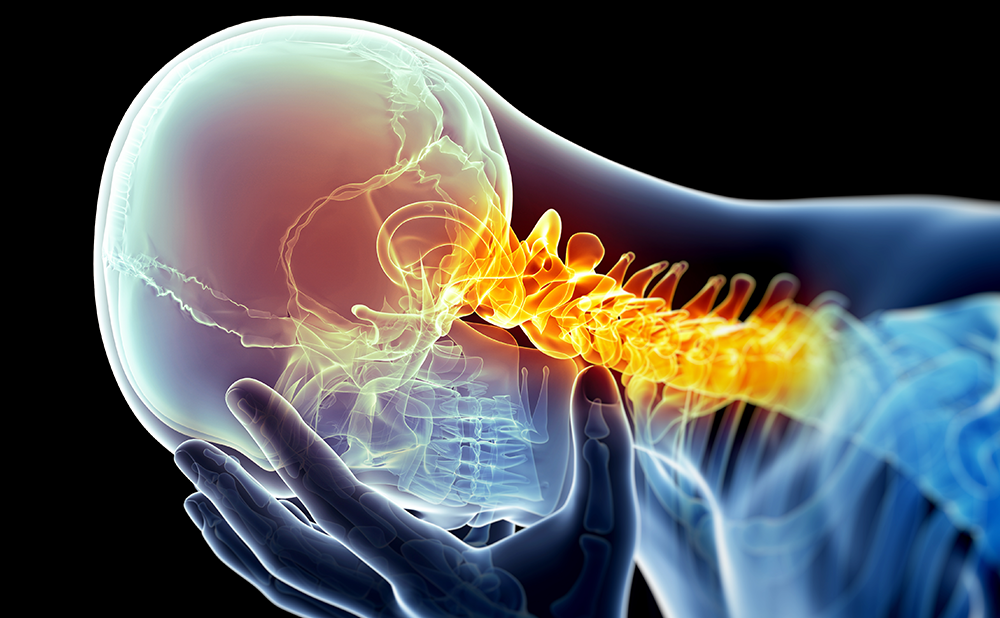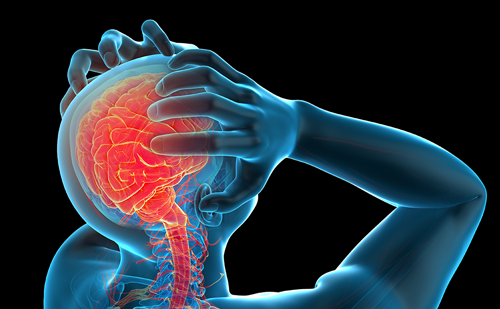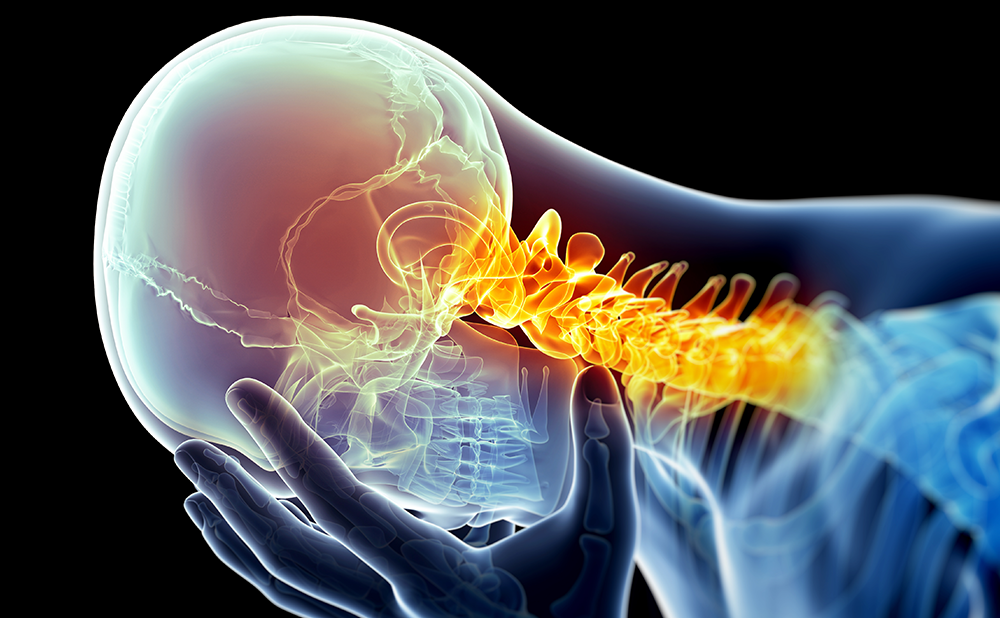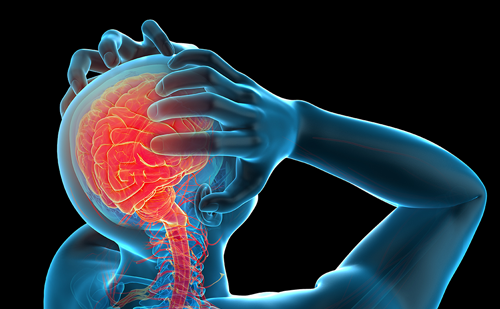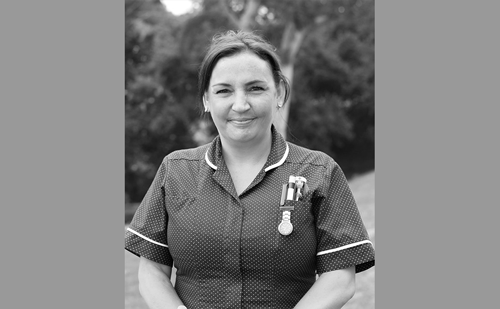Welcome to US Neurology, Volume 5 Issue 2, which reviews a broad spectrum of topics in the field of neurology and invites discussion and focus on many pertinent issues. The articles in this issue have been chosen for their relevance and significance in the dynamic and constantly evolving specialty of neurology, and contribute to our understanding of a range of conditions, diagnostic options, and available treatment regimens.
Welcome to US Neurology, Volume 5 Issue 2, which reviews a broad spectrum of topics in the field of neurology and invites discussion and focus on many pertinent issues. The articles in this issue have been chosen for their relevance and significance in the dynamic and constantly evolving specialty of neurology, and contribute to our understanding of a range of conditions, diagnostic options, and available treatment regimens.
A revolution is occurring in neurology—one of ‘back to the future,’ with a renewed focus on the patient and the combined effects of lifestyle, stochastic events, and the complex adaptive responses essential to maintain normal cognition and function. The need for holistic understanding, whether for the most acute or chronic disease, is becoming all the more critical for patients.
This issue of US Neurology opens with two articles, each addressing a different, yet interesting and somewhat controversial topic. The first article is concerned with white matter lesions, and the second with the treatment of delirium. How far has our understanding of both subjects evolved and what does the future hold in these neurological areas? From here on, the publication is organized into familiar disease-specific sections, beginning with a section on neurodegenerative disease, which in this issue comprises Alzheimer’s disease, Parkinson’s disease, and amyotrophic lateral sclerosis. The five articles discuss a multitude of issues relating to their subjects, including risk factors, disease pathogenesis, in vivo studies, treatment options, the role of imaging, and perspectives for the future. Brain trauma provides the unifying theme for the next section, with four of the six articles focusing on stroke, which remains a leading cause of death and the primary cause of adult disability throughout the developed world. These four articles examine a variety of stroke-related issues, including the role of biomarkers to assist with patient management, risk, prevention, diagnosis, treatment course, and prognosis, and also the role of patient rehabilitation and the management of post-stroke spasticity.
The issue continues with an article discussing the development of new technologies to assist with the diagnosis and monitoring of autonomic imbalance and parasympathetic excess in the autonomic nervous system. The multiple sclerosis section that follows contains a discussion of effective rehabilitation methods for patients; there is also a comprehensive review of the potential role of natalizumab, a recent addition to the pharmacological treatment options available to neurologists and their patients that is revolutionizing patient outcome. The epilepsy section then looks at both surgical and pharmacological approaches to epilepsy management. A case study examining the role of synthetic tissue sealant to prevent cerebrospinal fluid leakage following cranial surgery precedes the concluding section to this edition, which is devoted to neuroimaging. Two very different articles feature in the imaging section, both of which highlight the importance and diversity of the role imaging plays in neurological practice, with separate discussions of fetal brain development and sleep deprivation.
US Neurology would like to highlight and acknowledge the very helpful advice and assistance provided by our editorial board members and our media partners—we are very grateful for their involvement and thank them for their continuing support. We would also especially like to thank the individual authors for their time and effort, and we very much hope you agree that they have provided us with an excellent selection of articles. We trust you will find this issue an informative and worthwhile read.


